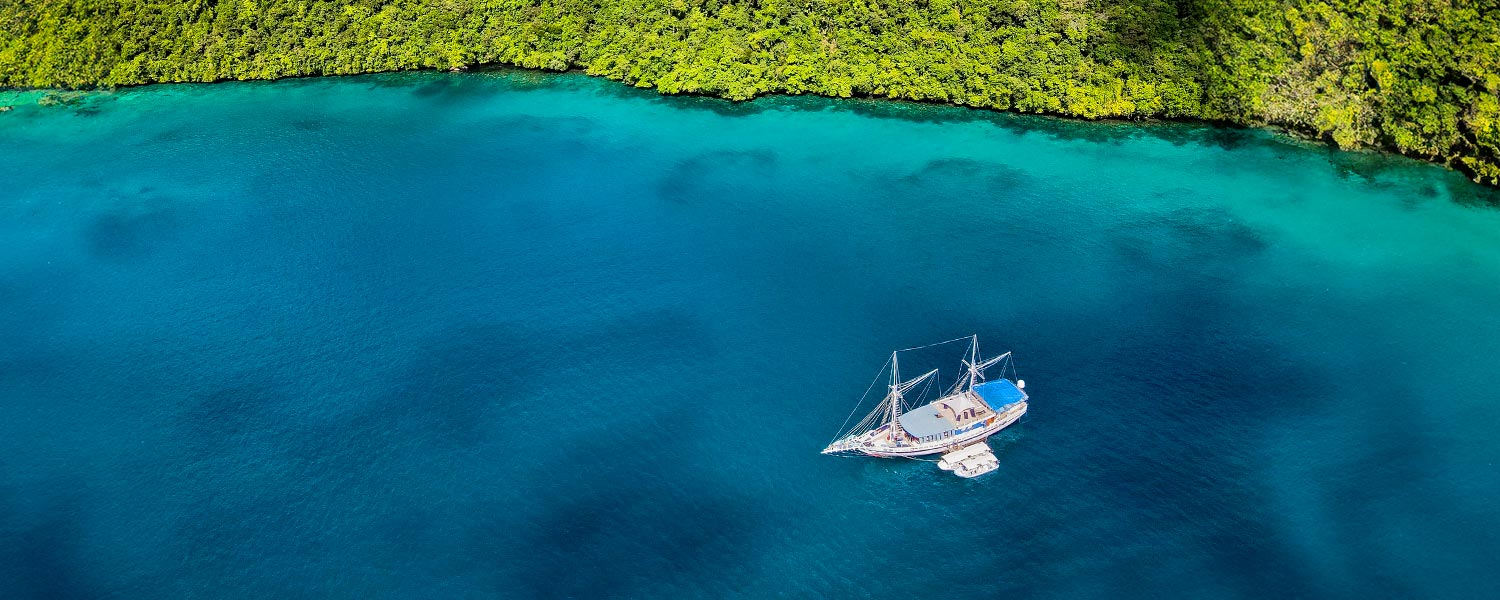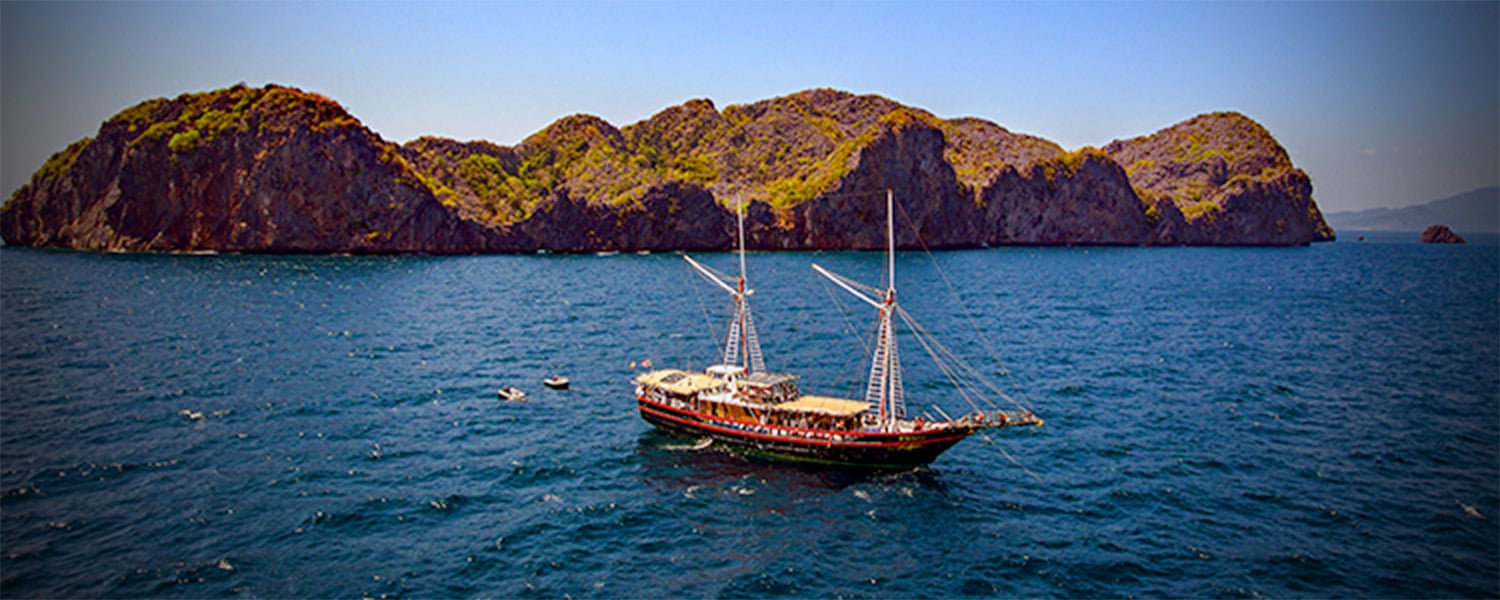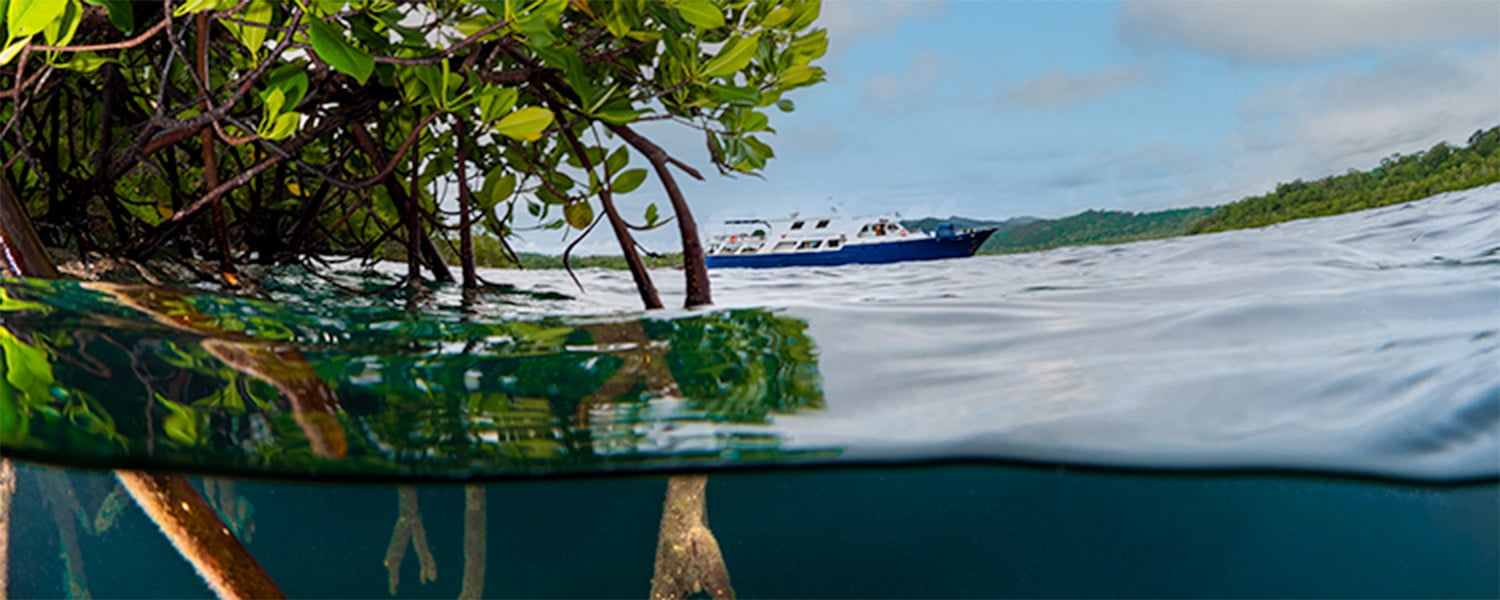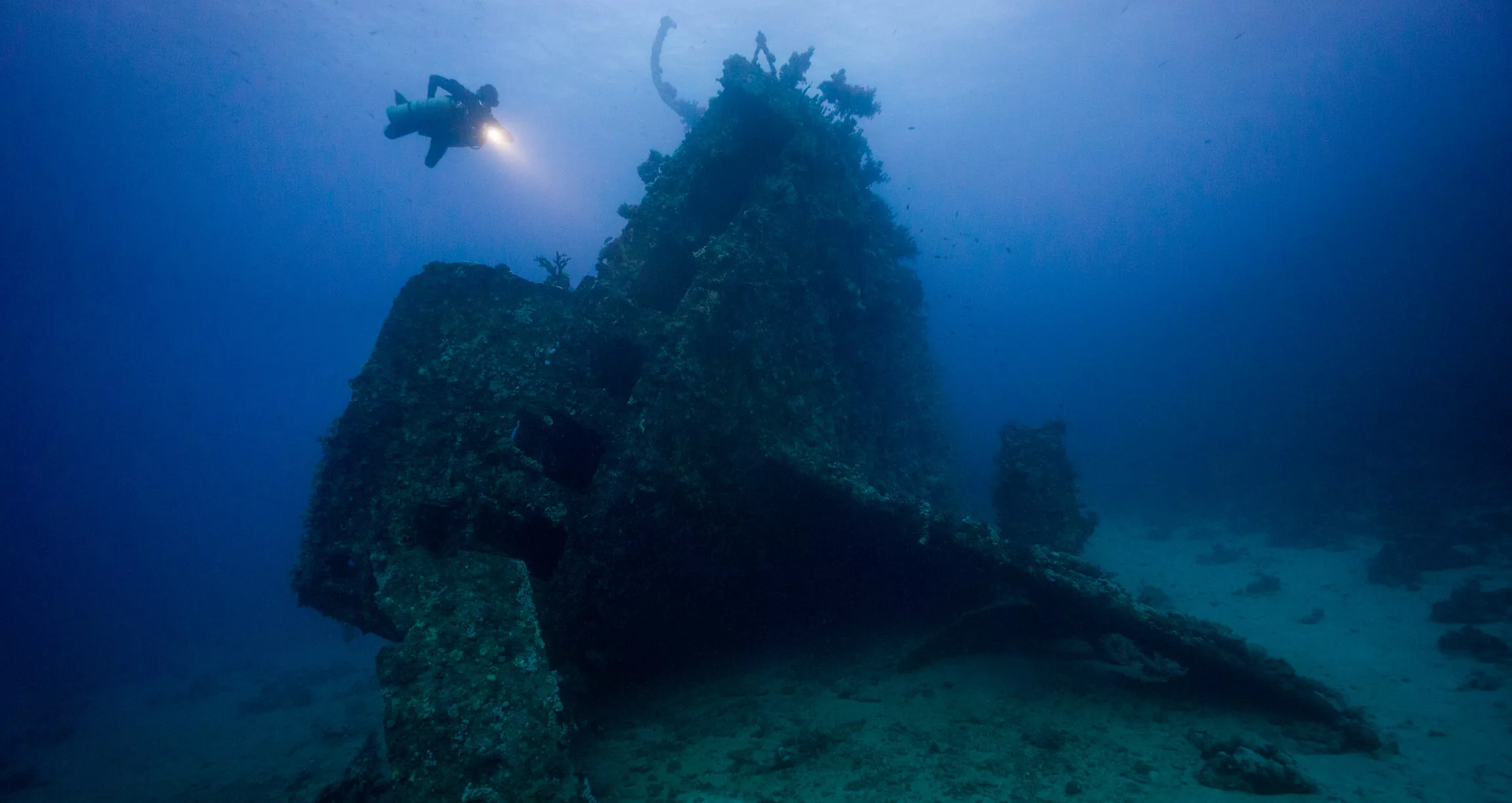The Russell Islands may be two small islands in central Solomons, but what they lose in size, they certainly make up for with their fascinating history. Pavuvu and Mbanika became world-famous during World War II.
In 1943, the direction of the war completely changed, in favour of the Allied Forces. Many long, hard battles, such as Stalingrad and Guadacanal, were almost over. In May of that year, American and British combined forces pushed the Axis powers out of North Africa. Optimism really prevailed. It was during this transition period that the Russell Islands played an important role in the Allies’ victory in the South Pacific. They also became an inherent part of the American 1st Marine division history.
The importance of the Russell islands

As the Battle of Guadalcanal wound to its end, in late January 1943, the Americans gave their approval for Operation Cleanslate. Cleanslate was the occupation of Russell Islands and their transformation into a forward operating base. US forces saw the capture of these islands as the first step in the conquest of the rest of Solomon Islands. It was the first stepping stone to push the Japanese army out of their strongholds in the region.
The next major target in the Solomons (after the capture of Guadalcanal) was New Georgia, located 170 miles further north. Because of this, the Russells had an advantageous position – at only 25 miles from Guadalcanal. Furthermore, once in U.S. possession, the Russells offered potential airfields, PT boat bases, and staging areas for future operations. The airfields became particularly important.
Finally, the Allies could simply not let the Japanese would occupy the islands as they would pose a huge threat to Guadalcanal and American operations to the north. Though Allied control of the Russell Islands was not indispensable to achieving success in the Solomons and the Pacific, the islands proved very valuable as an air base, staging area, and training center.
The Invasion
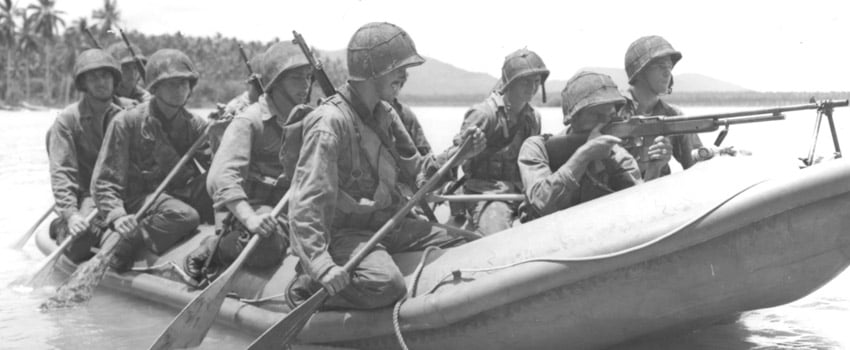
On the 21st of February 1943, the 3rd Marine Raider Battalion and the 43rd Army Infantry Division landed on the Russell Islands. They successfully secured the northern coast of Pavuvu and 2 separate locations on Banika. The only real danger had been that the Japanese would detect the invasion. This would force them to either attack the invasion fleet or to land a garrison on the islands to create stronger defence. Neither of the possible threats materialised, so the invasion was over in a mere six hours, without the enemy engaging.
Post Invasion: transformation
Once the islands had been occupied, the leaders of Operation Cleanslate immediately switched their focus; from occupation to the monumental task of transforming the islands into a usable base. Of the two islands, Mbanika was definitely the better choice for the main base facilities. It offered accessible shore areas, deep water, and natural protected harbors.
Engineers immediately began to transform parts of the islands. They constructed roads, a radar station, a PT boat base, housing, hospital facilities, and airfields. The Russells soon became a boomtown. The US started to use the islands as a training center, as well as a support base for all further northern advances.
Operation Cleanslate proved to also be a success for the lessons learned. US military planners got a lot out of it; especially for beach landings and supply chains & logistics (such as road building).


Driving the enemy back further
The major plan was to move up all the way to Rabaul, Papau New Guinea, and so the next step was the seizure of the New Georgia Islands. These begin around 50 miles northwest of the Russell Islands. The attack on New Georgia was called Operation Toenails and it’s base was the Russells. This allowed the time and distance to be reduced from a move from Honiara on Guadalcanal.
The Allied Forces used the Russell Islands as a training center and staging area in preparation to Operation Toenails. Furthermore, thanks to the Russell Islands, it was now possible for the first time to send fighter escorts with bombing missions to the northern Solomons. This meant that daylight bombing of targets, which had previously been accessible only to night attack, was now possible.
Following the capture of New Georgia and the the completion of the Bougainville campaign, the final isolation of Rabaul was complete in early 1944. This completed a battle that began with the mission in the Russell Islands. They were truly a base of air combat operations.
Following major combat operations, the metamorphosis of the Russell Islands continued. Until early 1945, the base served five major purposes:
- Provide naval base facilities, PT boat squadrons, destroyers in transit, and cargo ships.
- Use of the airfields primarily for transportation purposes.
- Additional hospitals to expand the islands’ capabilities in this area.
- A supply base.
- A staging area for the 1st Marine Division for its operations against Peleliu and Okinawa. In fact this division was one of the most famous in WWII and served in several major Pacific campaigns.
The end of the Russell Islands military history
The Russells gradually lost military importance as American forces advanced beyond the Solomons. The departure of the 1st Marine Division for Okinawa marked the end of the Russells as a significant base. Only one airfield was kept open for emergency purposes. The shutting down of the bases in 1945 occurred without ceremony; in fact, everything was dumped into the sea! This luckily gave us a fantastic dive site!
White Beach is now an artificial reef with plenty to explore; trucks, jeeps, tractors, bulldozers, large amounts of ammunition, and Coca Cola bottles are amongst the many war relics located between 5 and 30 metres.

Conclusion
Although the Russells are only one small group of islands, they played a role. Operations from there didn’t directly change the outcome of the war, they were still important for several reasons
- American campaigns in the central and northern Solomons would have been much more difficult without the Russells.
- Operation Cleanslate provided invaluable experience in amphibious operations, air missions and support, as well as bombing missions for operations against New Georgia, Bougainville, and Rabaul.
- The Russells were important as supply and training areas.
We visit the Russell Islands on all our Solomons itineraries. So next time you dive there, especially the dive site of White Beach, remember the Russell Islands great history!
